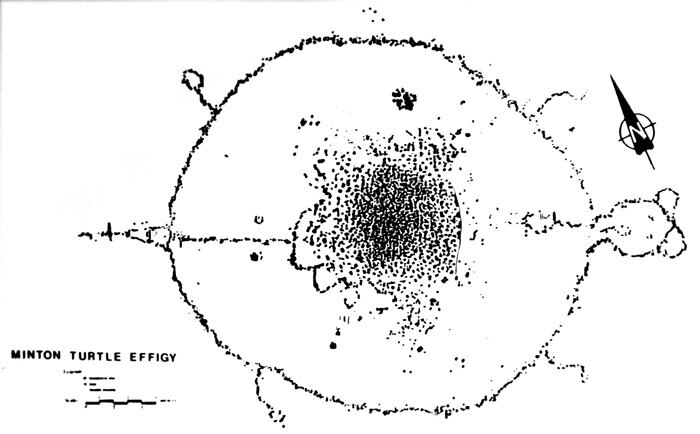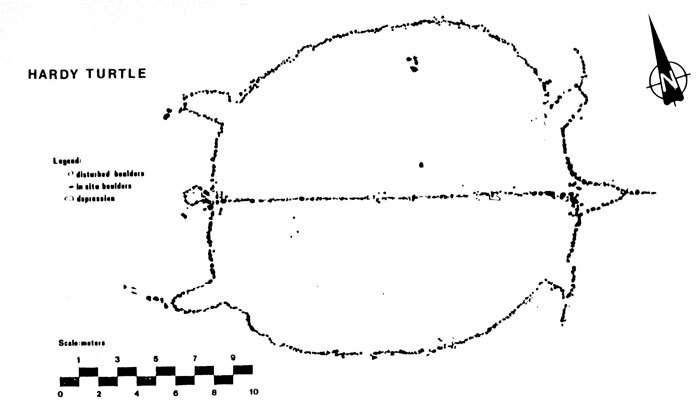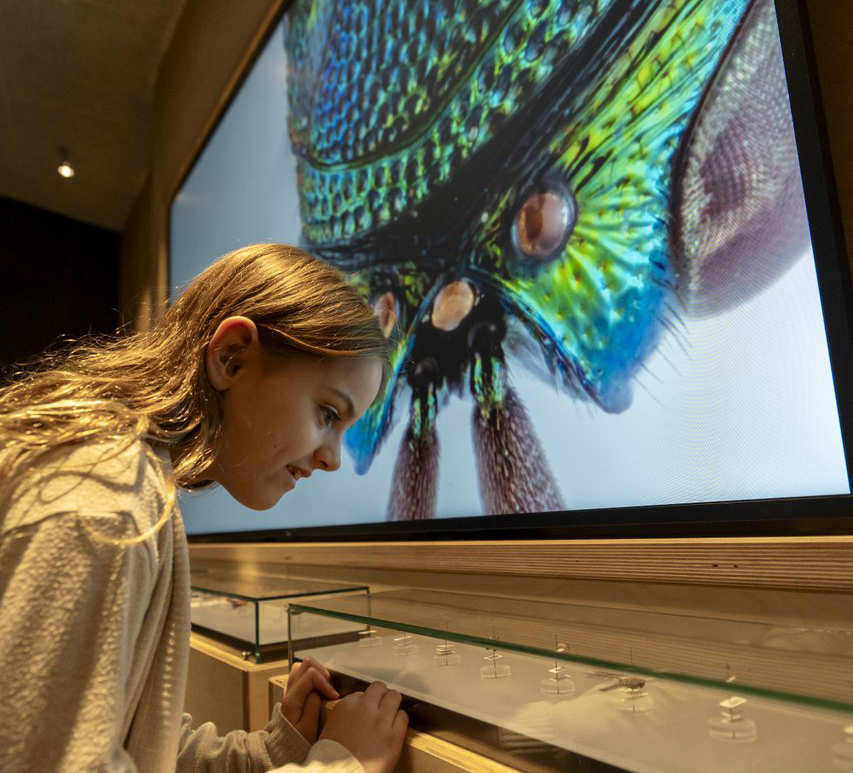There are many boulder monuments across Saskatchewan, one of the most notable is the Minton Turtle Effigy. When it was first identified in 1965 by Thomas Kehoe, it was presumed that the Minton Effigy represented a turtle. However, since then, people have noted differences between the Minton Effigy and other turtle effigies in Saskatchewan.

One of the first things to study on this effigy is the head, which appears to have ears on top. Turtles do not have upright ears. So, that begs the question – is it a turtle effigy or is it an effigy of another animal? G. Ian Brace, author of Boulder Monuments of Saskatchewan, has reinterpreted this effigy, and Indigenous Elders have identified the effigy as depicting a badger. Compared to the Hardy Turtle Effigy, the Minton Effigy begins to look less like a turtle. What do you think?

It remains a mystery as to when, by whom, and for what purpose the Minton Effigy was constructed. Oral history recounts there were many more monuments on the landscape before Settlers arrived. There are boulder monuments in the shape of bison, snakes, medicine wheels, circles, lines, and humans, too. One of the unfortunate results of how history has played out is that much knowledge about many of the effigy monuments may have been lost and the “Pass System”, where Indigenous People were unable to leave their reserves without permission, may bear part of the blame along with the residential schools system. Knowledge of these special places found throughout the landscape could not be passed down in all cases. There has not been enough respectful asking about knowledge that may be in the Indigenous communities today. Or, perhaps this is knowledge that should not be shared and may remain within Indigenous communities. One thing is certain -- when you are standing in the landscape near or on one of the boulder monument locations, it is hard not to acknowledge that it feels sacred. Boulder monuments are often situated on high grassy knolls, near water, surrounded by abundant wildlife and plants. They are unique places in the landscape.

